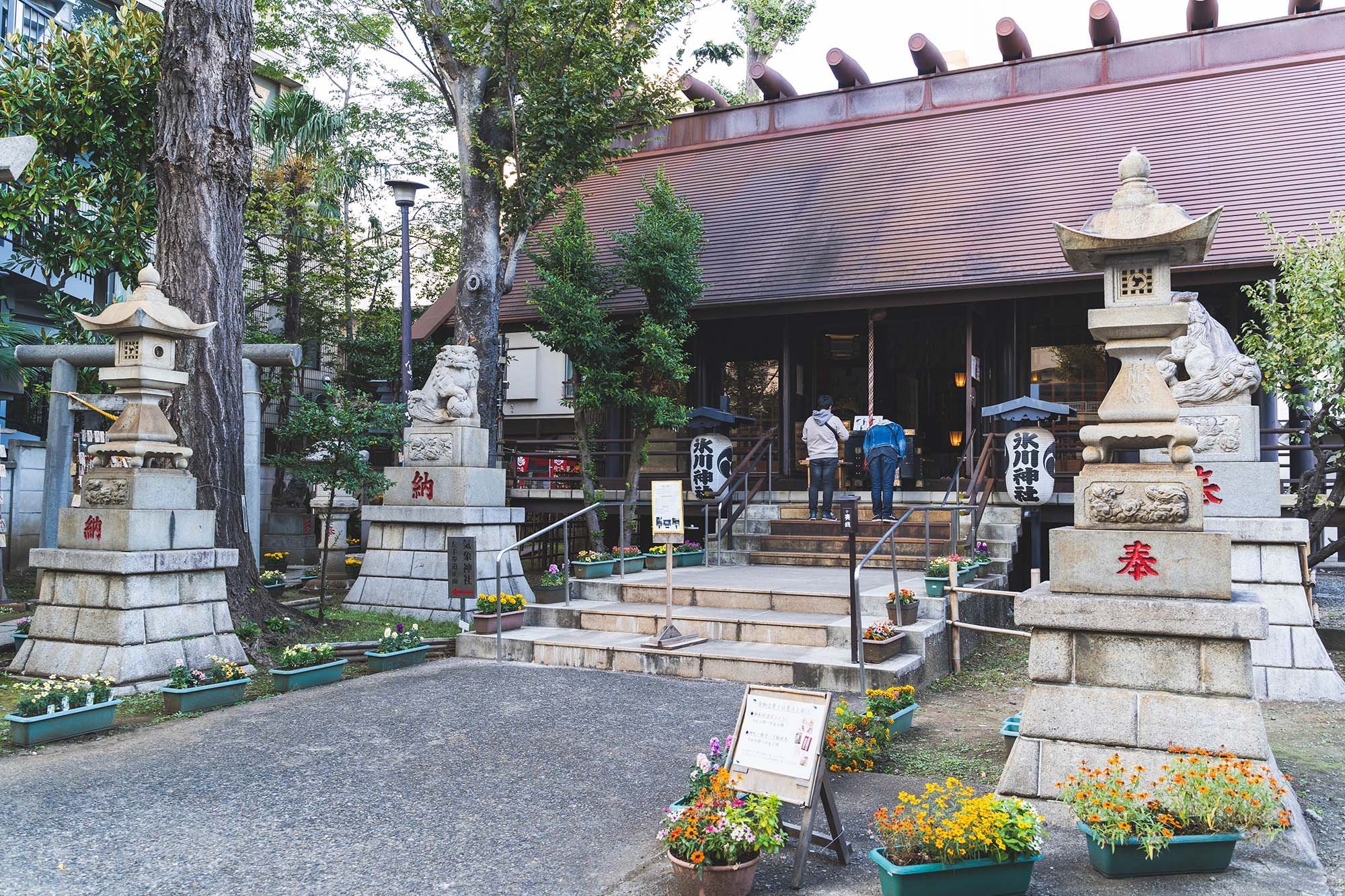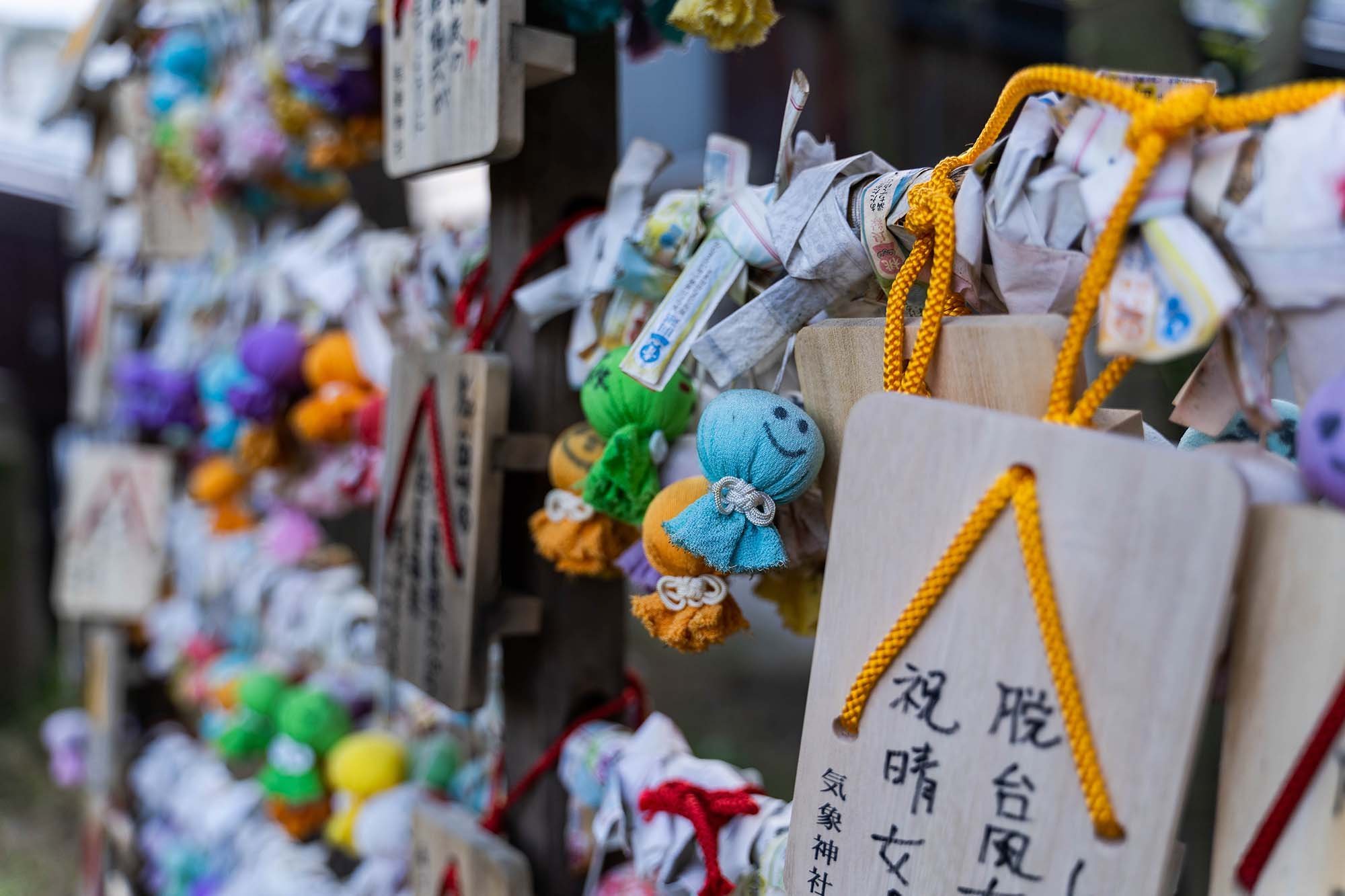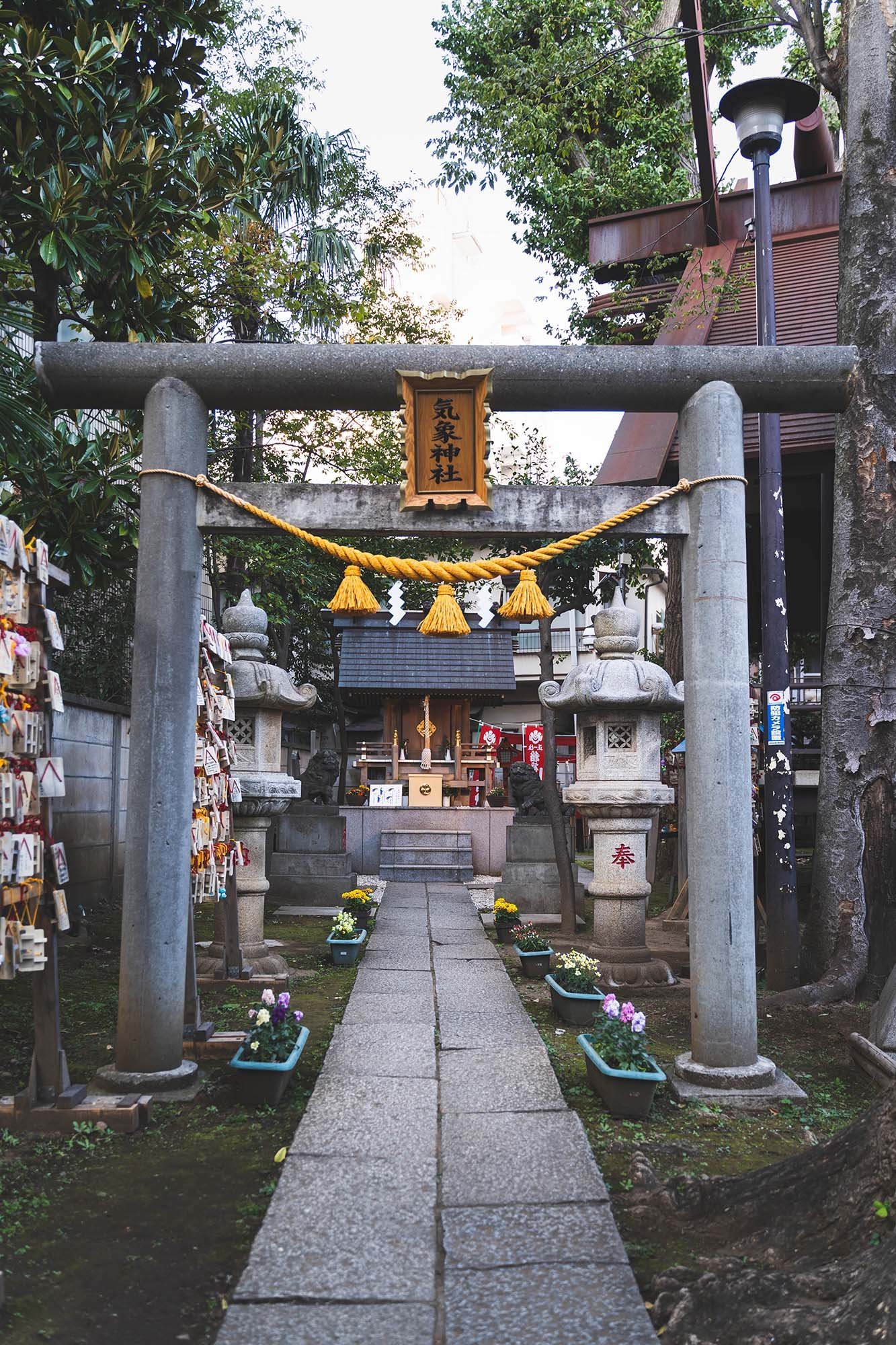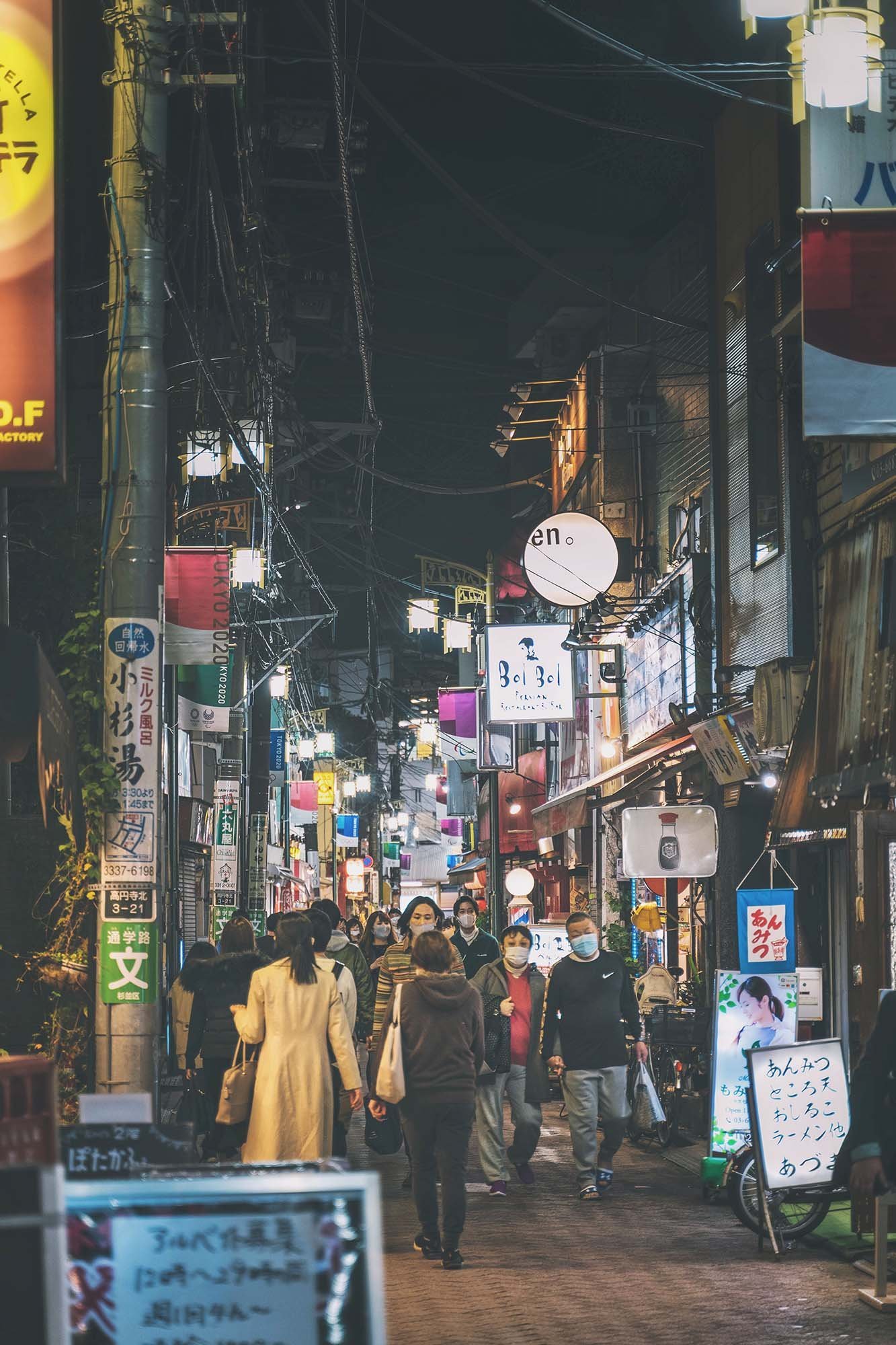Koenji, Tokyo
Kōenji is thought of by locals as one of Tokyo’s coolest neighborhoods
It is best known for being an area of alternative subcultures
The Kōenji Awa Odori festival is held there each year, and attracts more than 1 million people
Rarely does it ever make a tourist’s itinerary of places to visit, but Kōenji is a popular neighborhood for local Tokyoites. For anyone looking for a more authentic part of Tokyo to check out, it’s a decent place to consider.
How to get there
Kōenji Station is on the JR Chuo train line, making it easy to access from Shinjuku. The Marunouchi subway line will also bring you just south of the main area to Shin-Kōenji Station.
About Koenji
In the 1960s, radical liberal student movements grew and with them, the neighborhood of Kōenji.
Fast forward to today and it’s still known for being a bit of a gathering place for people part of various, alternative subcultures.
There are numerous used clothing shops, cheap bars and eccentric cafes, and an underground music scene. The neighborhood itself has largely avoided modernization and is not upscale or fancy, and many of the streets retain an old mid 1900s, or Showa, vibe.
It’s often compared to the Shimokitazawa area of Tokyo.
If you’re like me and enjoy exploring areas for street photography, Kōenji is a great place to do that. I’ve made a video doing just that.
Housing in Koenji
Kōenji is thought of as a desirable area to live due to not being far from the city center and having both a JR train line and a Tokyo Metro subway line running through it.
The average rent for a 1K studio in Kōenji is 85,300 JPY (USD $543) as of June 2024. This is up a little from December 2021 when it was is 82,600 JPY (then USD $724). The average for a 1LDK single bedroom apartment is 168,200 JPY (USD $1,070) as of June 2024. [J]
Koenji Hikawa Shrine


A shrine dedicated to weather. It’s located just to the southeast side of JR Koenji Station, sitting on a hill.
Here, you can buy a wooden plaque that resembles a traditional Japanese slipper or a “teru teru bōzu”, a small cloth doll that resembles a ghost. These are to wish for good weather.
Just before visiting Kanazawa, we decided to hang a slipper up as weather in that city can be quite gloomy.
Awa Odori Festival
The annual Kōenji Awa Odori Festival has been happening in the area since 1957. It's one of the biggest festivals in Tokyo with about 1.3 million spectators going to watch 12,000 Awa Odori dancers go through the streets and alleys over a weekend.
Awa Odori is a Japanese dance from Tokushima Prefecture, on the island of Shikoku. Numerous festivals for this dance are held, but this one is one of the biggest. Spectators line the streets and the dance teams stream through one after another.
It’s quite an energetic and entertaining festival to see. Here’s a glimpse:
Shopping Streets
Kōenji has several shopping streets spreading to the north and south of JR Kōenji Station.
To be honest, even if you’re not into photography, wandering these streets and popping into random shops and cafes may be the best thing you can do here. It’s here that you’ll find used clothing shops for those good vintage finds, record stores, and businesses that you may have never thought existed.
Mai Hien
Authentic pho in a basement restaurant made by Vietnamese.
Mai Hien is quite highly rated and one of the best Vietnamese pho places that I’ve been to in Tokyo. It’s only a couple of minutes from JR Koenji Station and at less than USD $10 for a set that includes bahn mi, it’s a pretty good deal.












